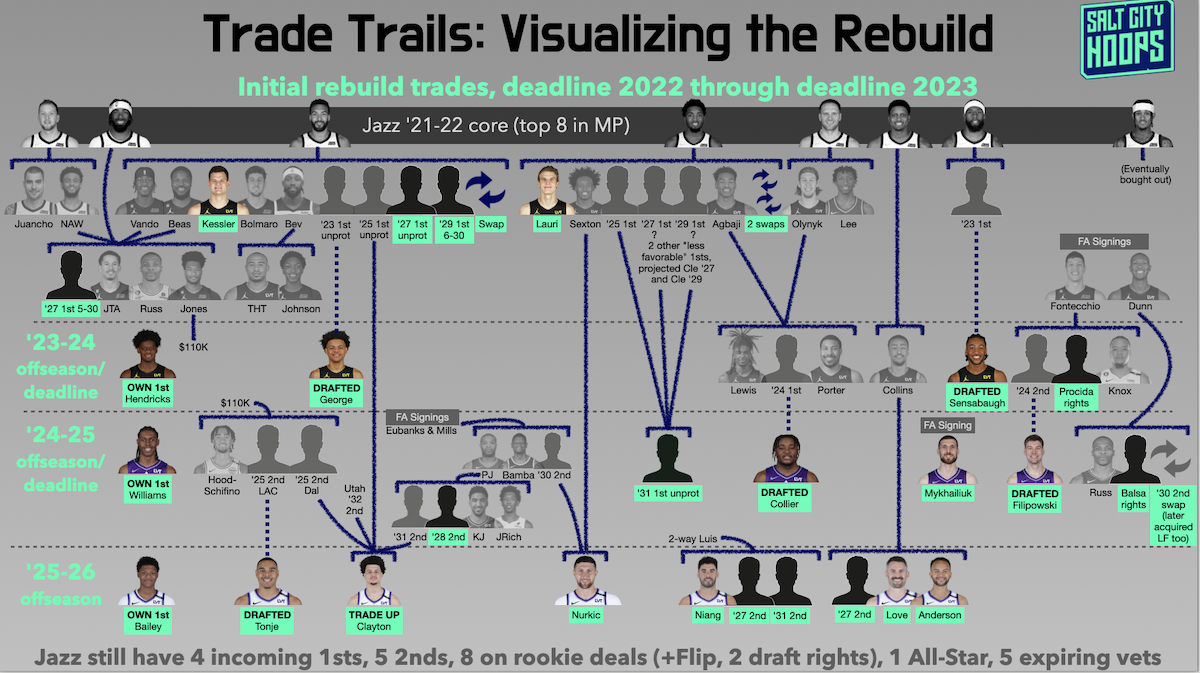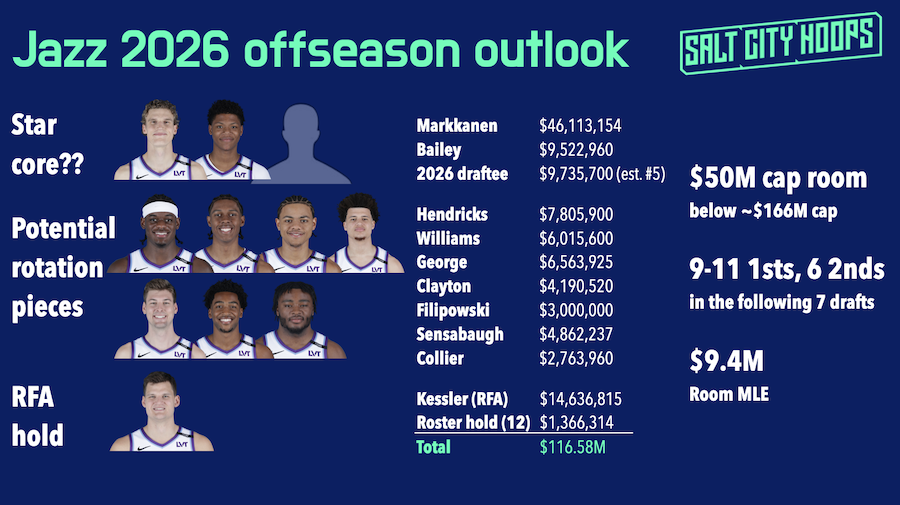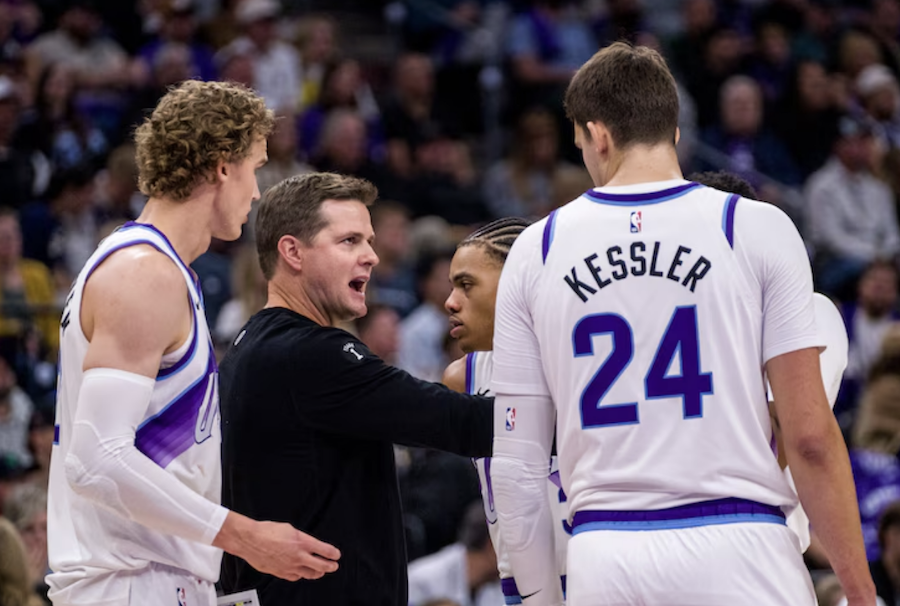In the mid 1990s, my parents had a plan to remodel our family home. An architect they knew from church had drawn up plans, a general contractor had built a project outline, and they were just waiting to feel comfortable officially starting the project. We’d have to do some of the work ourselves to be able to afford the transformation, and we were all a bit nervous about tackling it.
Finally, my 50ish-year-old mom decided we had waited long enough. One day, she went to the garage and grabbed a sledgehammer. All five-foot-something of her started swinging at a wall that needed to come down between our den and the family room. The rest of us heard the banging and ran to where a gaping hole and a soft film of drywall dust made the implicit announcement: the remodel had started.
What followed was a lengthy and sometimes painful process. It turns out that tearing stuff down is the easy part of any rebuild. But eventually, the home became what we had hoped.
It’s now been over three years since Utah Jazz executives picked up their own proverbial sledgehammer. The chain of trades they started in 2022 have completely reshaped their roster multiple times over. Starting when they traded an injured Joe Ingles in February of that year, a staggering 36 professionals have been employed at some point by the Jazz as a result of trades.
Only Lauri Markkanen and Walker Kessler remain from Utah’s original rebuilding summer, but most of the current roster can be traced back to trades involving the 8-man core that led the Jazz in minutes in 2021-22.

To simplify:
- The Jazz’s still-active assets from the Rudy Gobert, Mike Conley and Ingles trades are Kessler, Keyonte George, Walt Clayton Jr., and three unprotected/lightly-protected first-round picks.
- From the Donovan Mitchell and Bojan Bogdanovic trades, the Jazz still have Markkanen, Isaiah Collier, an expiring Jusuf Nurkic, and an unprotected Phoenix pick they got by bundling together some lower-upside ones.
- The Royce O’Neale trade yielded Brice Sensabaugh.
- Rudy Gay indirectly netted expiring veterans Kevin Love and Kyle Anderson, as well as a second rounder.
- Trades of recent free agent signees allowed the Jazz to acquire Kyle Filipowski, Georges Niang, some extra seconds, and draft rights to two overseas prospects.
- And along the way, of course, the Jazz’s own picks gave them three shots at top-10 talent.
After all those transactions – 20 separate trades in all starting with the Ingles deal – Utah is now more than ever on a path that will be defined by its youth. They dabbled with some non-star veterans along the way, but the net impact of those trades has given Utah an under-30 star in Markkanen, nine recent draftees still on their first contracts, a bunch of extra picks, and five veterans whose salaries all expire after the season.
Utah’s ascent now depends on how many of those nine youngsters will realize the loftiest versions of their potential, and history says it certainly won’t be all of them. The reality is that Utah probably only needs a couple of them to really hit and a couple more to turn into rotational pieces
Whenever that happens, they’ll be on their way to being relevant. And one Jazz rookie is making that seem like less of a far-off fantasy.
Ace up the sleeve?
On the road in the Jazz’s preseason opener, Ace Bailey caught the ball on the left wing. He had a solid defender in front of him but sent Aaron Holiday into panicked recovery mode when he drove hard without needing a screen. Once below the free throw line extended, he let Holiday skate by when he hard pivoted back to the middle for a spinning 12-footer.
It was a smooth, smart, precocious move and it hinted at Bailey’s potential as a natural scorer.
If Bailey is on the way to something close to his best-case scenario, then Utah’s rebuild timeframe changes. That’s especially true if he fits well alongside Markkanen, who has already shown himself capable of an All-Star output. Both Bailey and Markkanen are positional wild cards, so a roster with them as the star core can be built a lot of different ways.
Tendonitis and the flu have conspired to rob us of significant early analysis on that combination, but Bailey’s promising skill set gives Utah permission to wonder if they might already have a star duo to build on. They also project to have another high draft pick in 2026.
It’s the first time since the rebuild started that we can really see the outlines of what Utah’s next playoff-worthy construction could look like. And that might be why the Jazz are starting to transact as though they have a more specific idea around the timeframe for beginning their ascent. Which brings us back to Kessler.
Why a paused payday could mean Utah has a plan
Walker Kessler led the Jazz in scoring just three times last season, and only one of those came on a night with 20-plus points. So his dominating performance in the season opener (22 points on perfect shooting, plus nine rebounds, four assists and four blocks) was an auspicious start for the fourth-year big.
Two days earlier, of course, the rookie extension deadline had passed without a new deal for Kessler. It’s understandable why fans of a team with so much recent roster turnover would worry about what that means for Kessler’s long-term Jazz future. But Utah asking Kessler to wait could actually be great news. It might signal that there is now a timeline in mind for bending the competitive curve upward.
Teams who are stuck in interminable rebuilds generally don’t care about lining up their finances in one specific future offseason. If you don’t have exact ideas on what your ascent looks like, it makes far more sense to keep kicking the financial can, keeping options open as indefinitely as possible. But the reporting around Kessler’s contract situation spelled out pretty clearly that the Jazz are merely asking the center to wait for a payday with the goal of preserving max cap space in the 2026 offseason.
Kessler’s next contract will almost surely start with a salary well north of $20 million, but the Jazz only have to keep a $14.6 million cap hold on their books in order to preserve the right to sign him (or match other teams’ formal offers).That means that by conducting any 2026 offseason business before they reward Kessler’s development with a fat contract, they can operate with around $50 million in cap space.
It requires some patience and faith on Kessler’s end, and he has voiced some discomfort around being asked to wait for a payday. But for those eager to move past the demolition phase of the project and start putting a house back together, this is actually a really exciting signal about how the front office is thinking.
IF – and this is a decent-sized if here – the Jazz are encouraged enough by Bailey’s rookie season to conclude that they have a future core in place with him, Markkanen and their next draftee, then they can go into the offseason with something like this scenario:

There’s a lot an ascending team could do with $50 million. They could accelerate the growth with an impact acquisition, take back more salary in a trade, or even use the cap space to generate more assets so they have cost-controlled pieces in place as the new core congeals. Kessler has already established himself as a starting-caliber big man. If a couple more of Utah’s youngsters establish themselves as rotational-level on a good team – or plus-value trade assets that could accompany Utah’s draft capital in impact trades – the Jazz aren’t necessarily that far off.
The guess here is that the Jazz communicated as much to Kessler. It’s prohibited under the NBA’s constitution and cap rules to promise future contracts outside of the extension signing window, but the Jazz will likely find ways to continue to signal their commitment to his impressive trajectory. This isn’t about not wanting to pay Kessler, or even wanting to put the screws to him in restricted free agency, which has become an increasingly team-friendly exercise.
Instead, it’s about Utah enacting a plan to get good again. And that’s good news. The sledgehammer might finally be going back to the garage.


